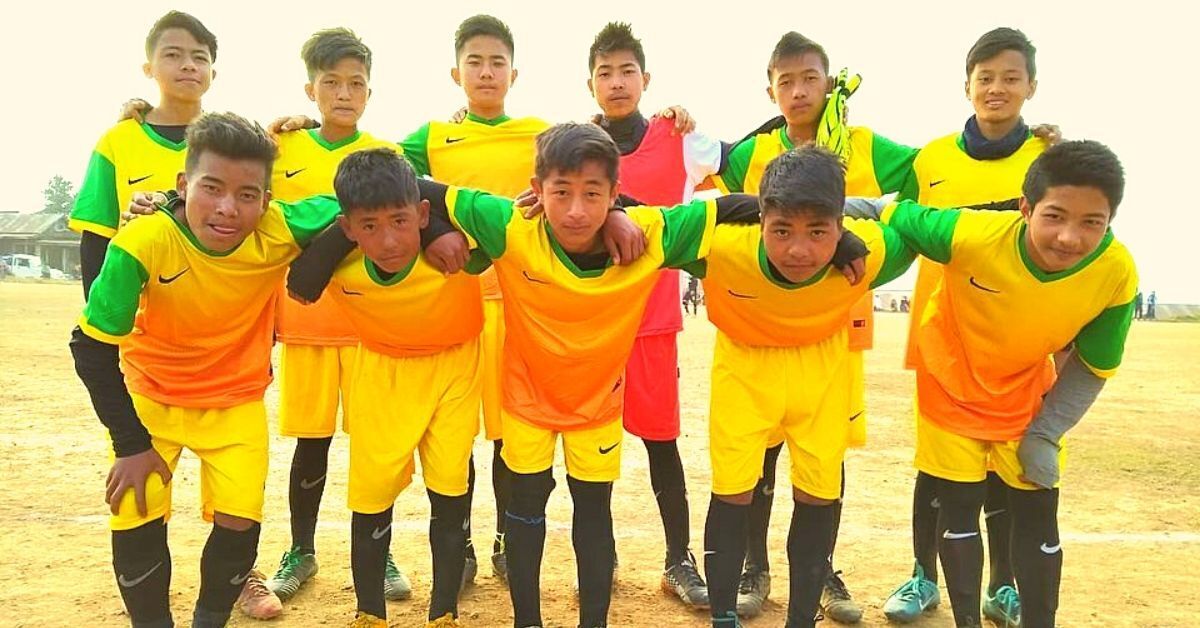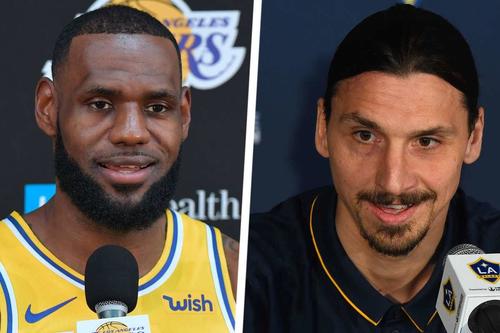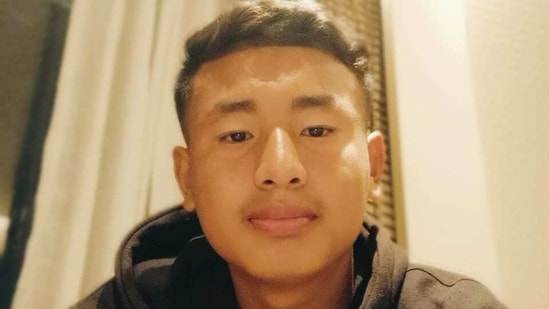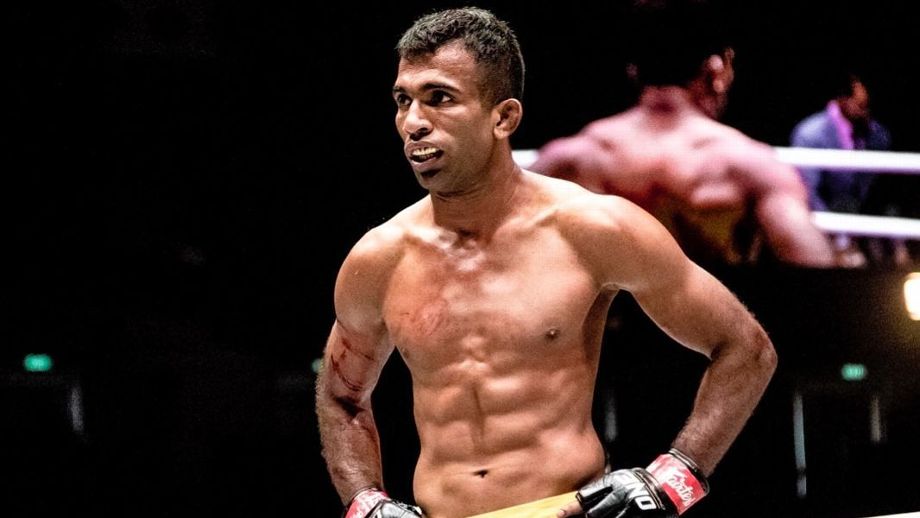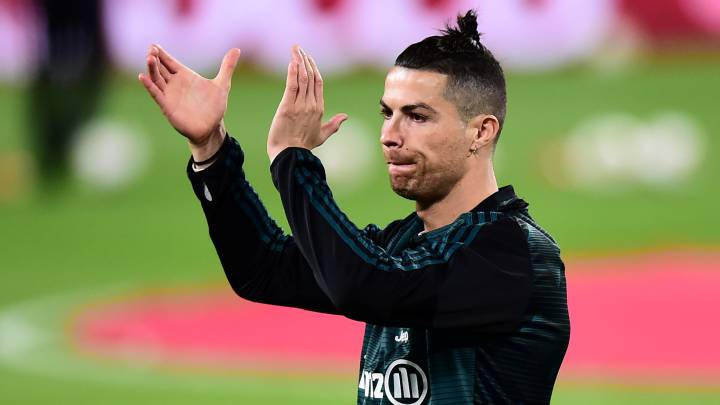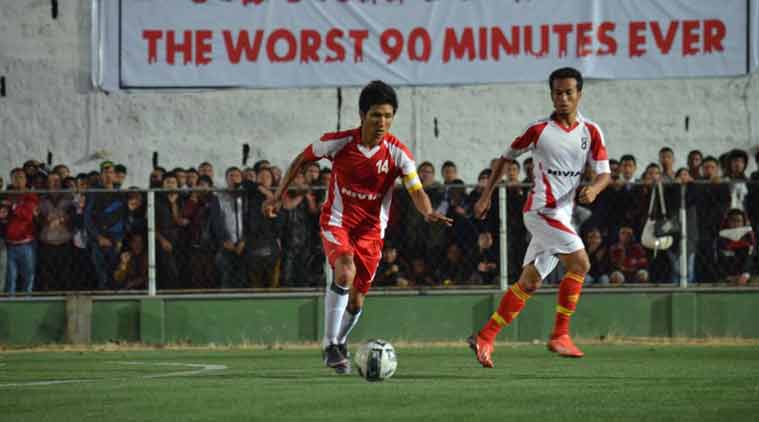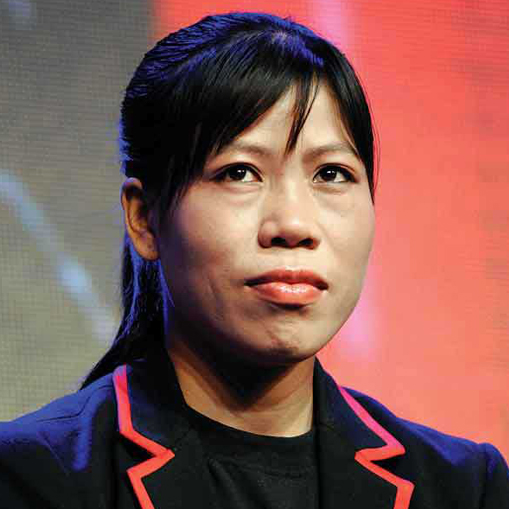KANGPOKPI, Mar 29 : The Kuki Students' Organization Imphal has extended its heartfelt congratulations to India's 'hungry' young striker Lynda Kom Serto for achieving the top scorer award and most valuable player title in the recently concluded SAFF U-18 Women's Championship 2022...





